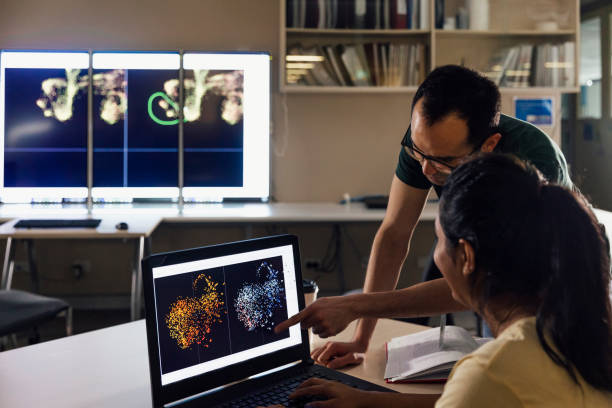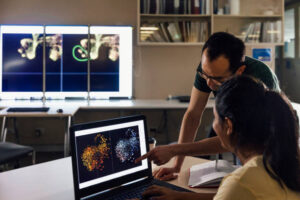Introduction:
In the rapidly evolving landscape of technology, a novel and intriguing concept has emerged – Software Physics. While traditional physics deals with the fundamental principles governing the physical world, Software Physics delves into the creation and manipulation of digital realities within the realm of software. This groundbreaking field bridges the gap between the physical and virtual worlds, offering new perspectives on simulation, computation, and the very nature of our digital existence.
Understanding Software Physics:
Software Physics can be conceptualized as the application of computational principles to simulate and mimic physical phenomena within a software environment. It involves the development of algorithms, models, and simulations that replicate the behavior of objects, forces, and interactions found in the physical world. This interdisciplinary field draws inspiration from various branches of physics, mathematics, and computer science, paving the way for unprecedented advancements in simulation technology.
Key Concepts:
1. Simulation of Physical Phenomena:
Software Physics enables the accurate simulation of real-world physics, allowing researchers, engineers, and developers to model and predict the behavior of complex systems. This has far-reaching implications in fields such as aerospace, medicine, and climate science, where accurate simulations can lead to breakthroughs in understanding and problem-solving.
2. Digital Twins:
One of the fascinating applications of Software Physics is the creation of digital twins – virtual replicas of physical entities. These digital twins can be used to monitor, analyze, and optimize the performance of real-world objects, from machinery to entire cities. This concept has gained traction in industries such as manufacturing and urban planning.
3. Quantum Computing and Software Physics:
As quantum computing continues to advance, the marriage of quantum principles with Software Physics opens new frontiers. Quantum algorithms can be employed to simulate quantum systems with unprecedented accuracy, revolutionizing fields like material science, chemistry, and cryptography.
4. Augmented and Virtual Reality:
Software Physics plays a pivotal role in the development of augmented and virtual reality experiences. By leveraging realistic simulations of physical interactions, these technologies create immersive environments that respond dynamically to user inputs, enhancing the overall sense of presence and engagement.
Challenges and Future Directions:
While Software Physics holds immense promise, it also faces challenges such as computational complexity, data accuracy, and the need for advanced hardware. As the field continues to evolve, addressing these challenges will be crucial for unlocking its full potential.
Future directions in Software Physics include:
1. Advancements in Computational Power:
Continued progress in hardware capabilities, including quantum computing, will significantly enhance the precision and scope of Software Physics simulations.
2. Integration with Artificial Intelligence:
The synergy between Software Physics and artificial intelligence will lead to self-learning simulations, enabling software to adapt and evolve based on real-time data and user interactions.
3. Expanding Applications:
From healthcare and education to entertainment and beyond, Software Physics will find applications in diverse sectors, transforming the way we interact with digital environments and information.
Conclusion:
In the ever-expanding digital universe, Software Physics emerges as a frontier discipline that blurs the lines between the physical and virtual realms. By harnessing the power of simulation and computation, this field has the potential to reshape industries, drive scientific discovery, and redefine the boundaries of what is possible in the digital age. As researchers and innovators continue to push the boundaries of Software Physics, we are on the cusp of a new era where the laws of physics extend seamlessly into the digital domain.

